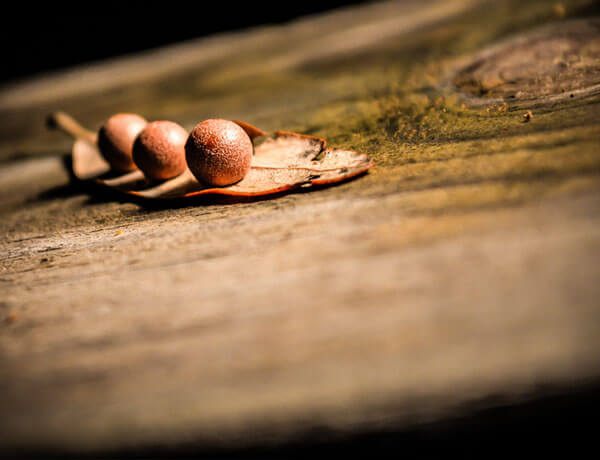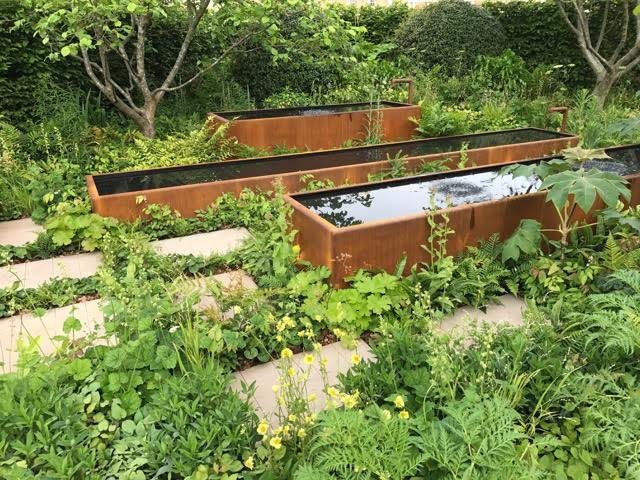-
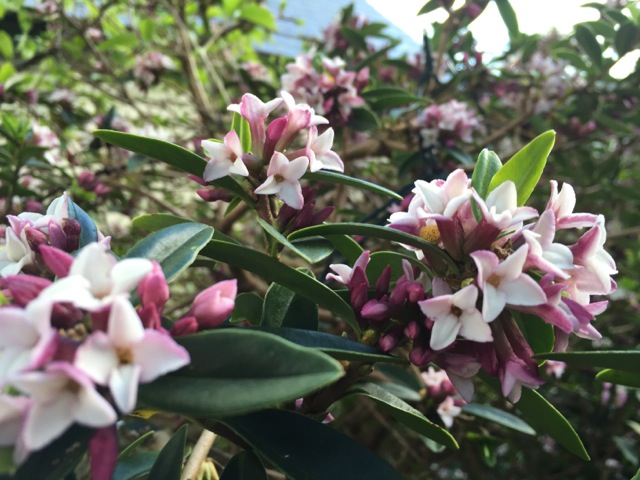
Spring Scents
We are most aware of the fragrance of plants in the warm summer months when we spend most time outdoors, but there are also many alluring scents in the spring garden. And – rather like the colours of spring – these scents tend to be crisper and fresher than the warmer, headier scents of later in the year.
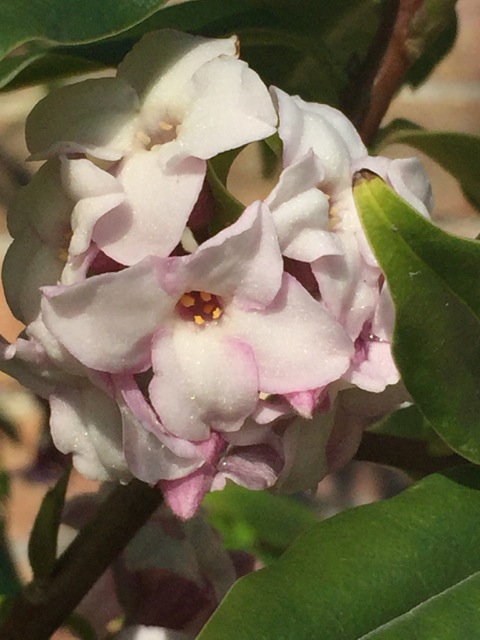
D. Jacqueline Postil

Daphne retusa
In the earliest months, there are shrubs that release a piercing, citrusy scent that is guaranteed to stop you in your tracks, including the daphnes – especially D.bholua ‘Jacqueline Postil’ which is a tall upright shrub that is ideal against a sheltered wall and the lower growing and bushier D.odora ‘Aureomarginata’. Both should be planted in a position where you can get close to the plant to appreciate the wonderful fragrance – alongside a path, or next to a door is ideal. These will be followed later in the spring by D.retusa which is slightly less showy, but equally fragrant.
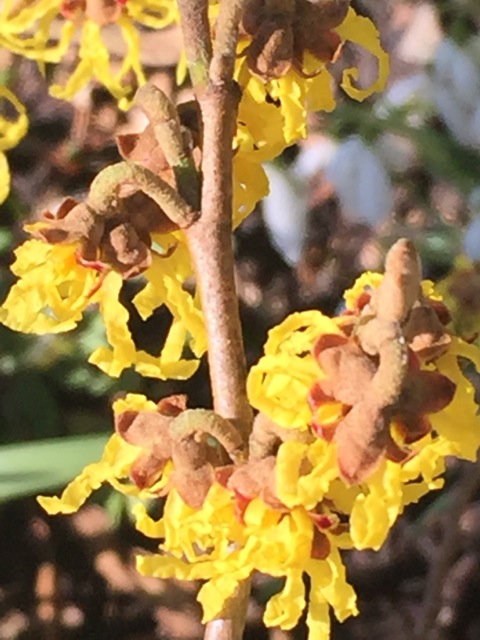
Witchhazels scent the air
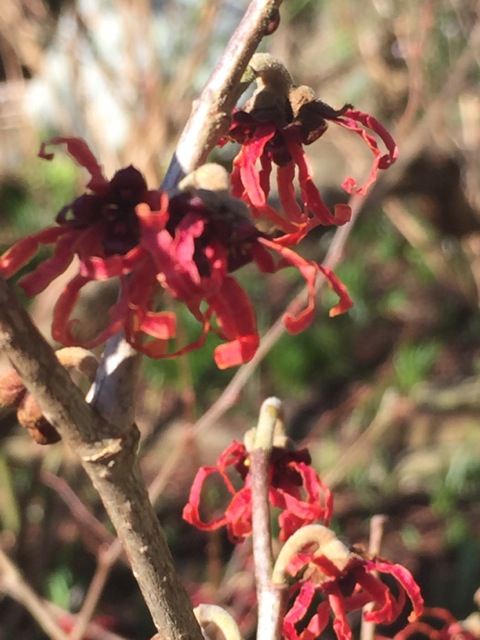
The witch hazels are another family that strut their stuff in early spring combining their spidery flowers with a delicious and piercing fragrance – a small twig, cut and brought indoors will scent a room. You do need space to grow witch hazels though – they grow into sizeable shrubs and they are really rather dull during the summer months so they are not ideal for a small garden where they can’t disappear into the background. Viburnum bodnantense and Lonicera fragrantissima are equally fragrant, but also lack presence in summer, added to which the lonicera is a real thug that sends out shoots from its roots and colonises large areas, so it is really a plant that is only suitable where it can be confined or used to cover a spot where nothing else will grow.
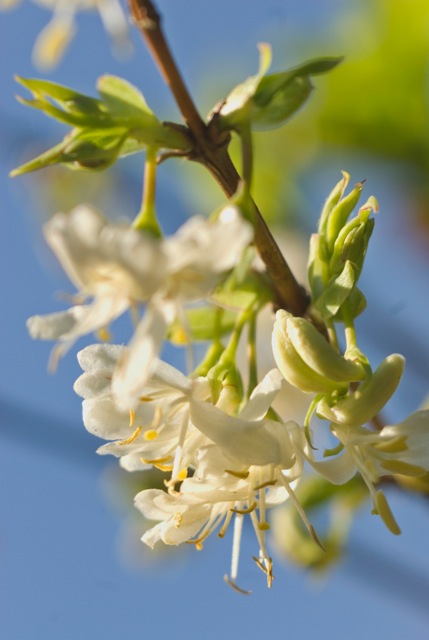
Lonicera ©Michelle Garrett

Viburnum bodnantense
Overhead, the unmistakeable scent of mimosa flowers will fill the air of a sheltered corner on a sunny early spring day, followed a bit later by the vanilla-scented Azara micropyhylla in a similar shade of yellow. Around the same time, the heady fragrance of unfurling magnolia flowers scents the garden – provided they are not browned by a late frost. Magnolias have varying degrees of perfume, so it is always worth seeking out the most fragrant varieties which include M. ‘Wada’s Memory’ and M.wilsonii.

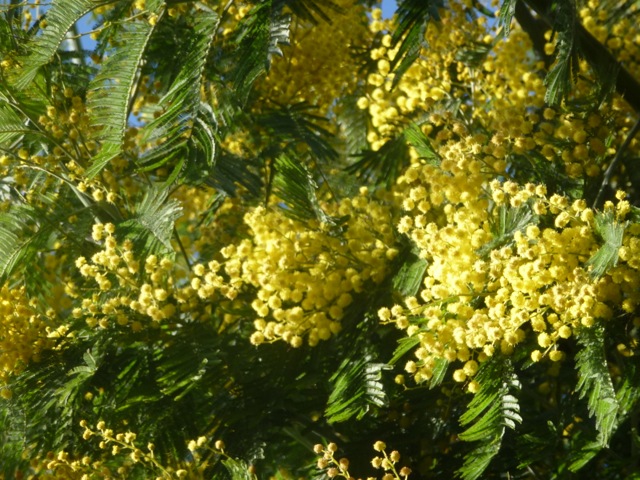
Acacia dealbata – Mimosa
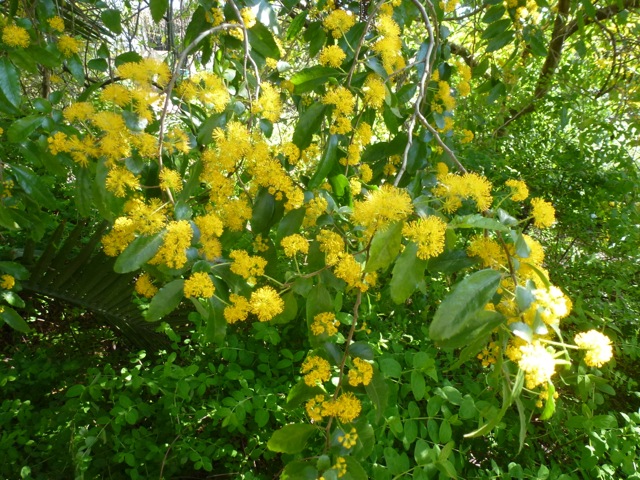
Azara micorphylla
On a smaller scale, scented bulbs really should be included in the spring garden. Be sure to plant some in pots too so that they can be placed on a ledge or table where you can get up close and personal without risking muddy knees. The late-flowering snowdrop S.Arnott has a wonderful honey scent, while the perfume of Iris reticulata is as lovely as its flowers. They are followed by narcissus – many of which are wonderfully fragrant, especially N. poeticus – as well as hyacinths and tulips, of which the most outstandingly perfumed is the all-round performer ‘Ballerina’. It will also naturalise well in the garden.
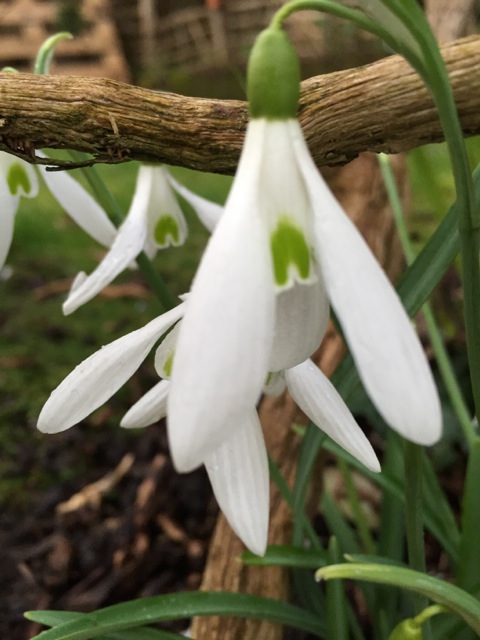
Galanthus ’S.Arnott’
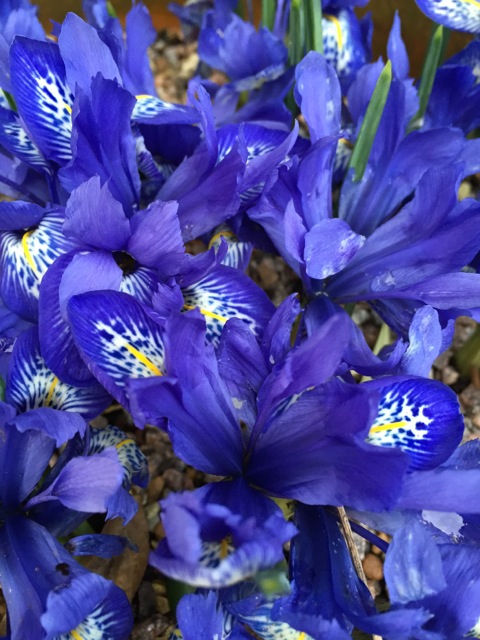
Iris reticulata
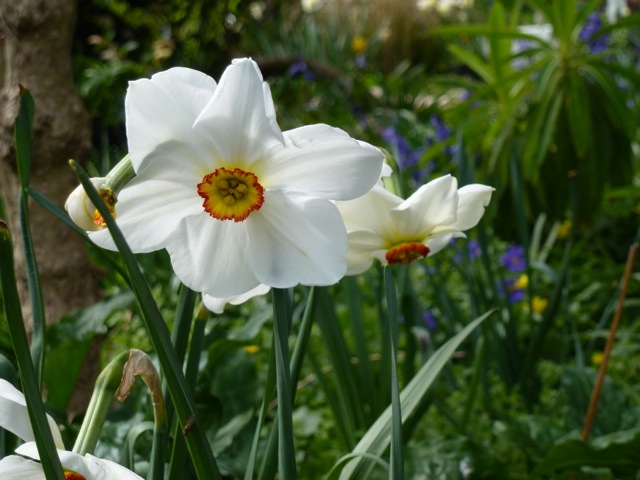
Narcissus poeticus
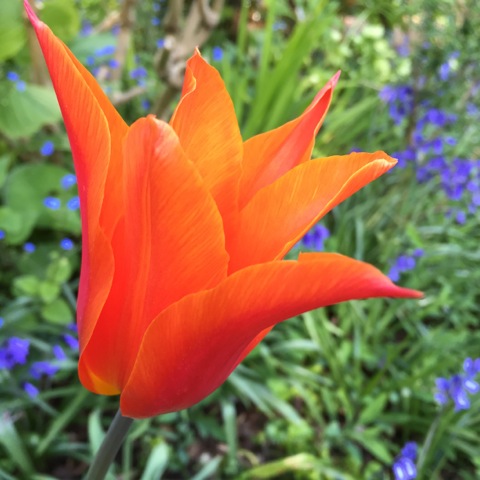
Tulip ‘Ballerina’
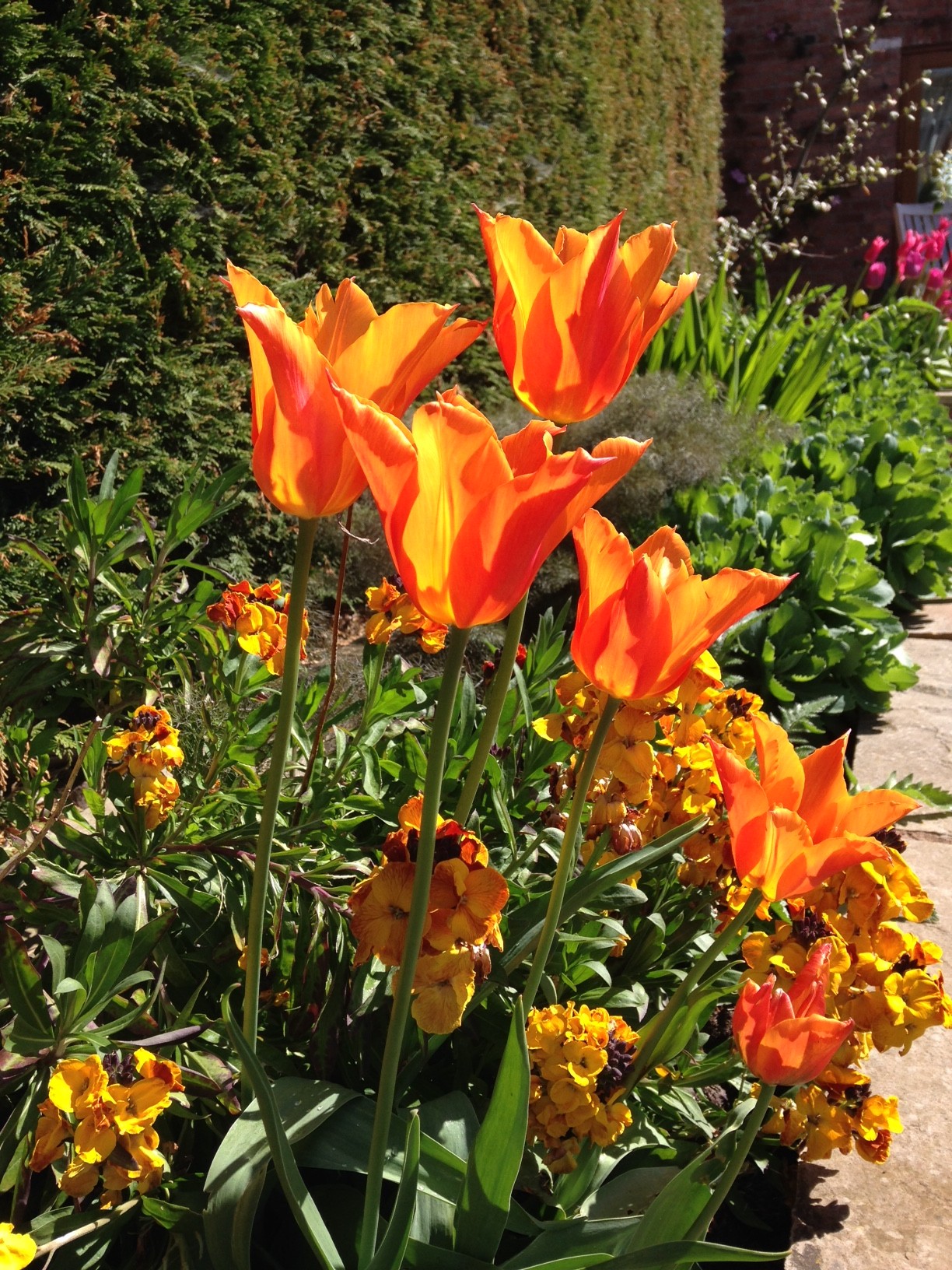 Wallflowers are perfect companions to tulips, especially now that it is possible to select single colours that will complement rather than clash with your chosen tulip colours.
Wallflowers are perfect companions to tulips, especially now that it is possible to select single colours that will complement rather than clash with your chosen tulip colours.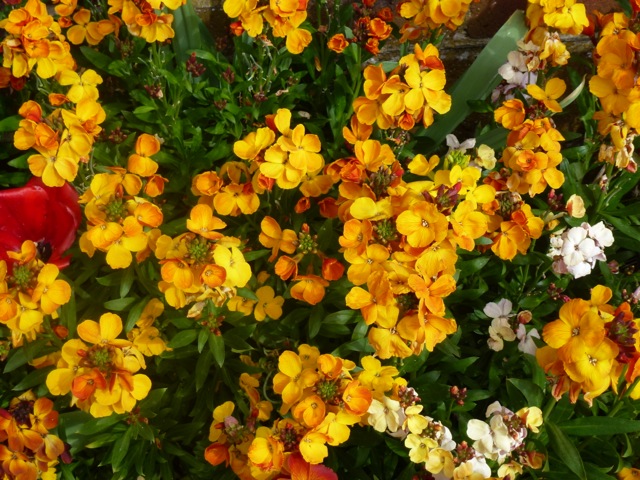
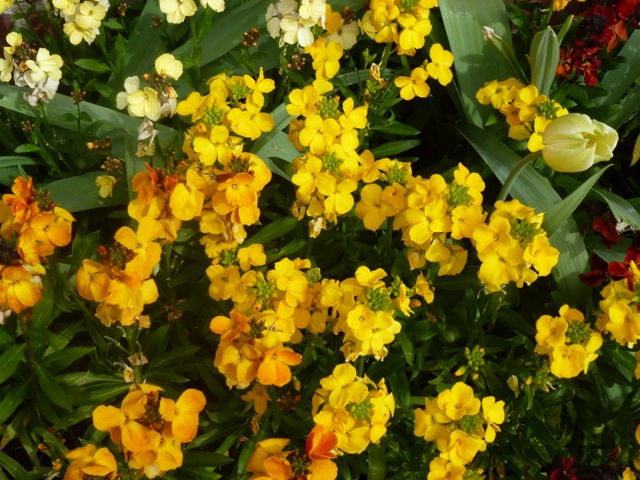
They have a wonderfully evocative scent, conjuring up the spring gardens of childhood. Then there’s the grape hyacinth ‘Valerie Finnis’ which has a delicate fragrance – and as May approaches the lily of the valley will take centre stage. To do well, it likes a cool shady position where it isn’t disturbed and it can be tricky to establish, but once it’s settled in it will spread steadily and provide plenty of posies. There is nothing quite like a posy of lily of the valley. It is also a plant that will do well in a pot, so if you don’t have anywhere suitable in the garden you can tuck a pot into a shady, cool corner.
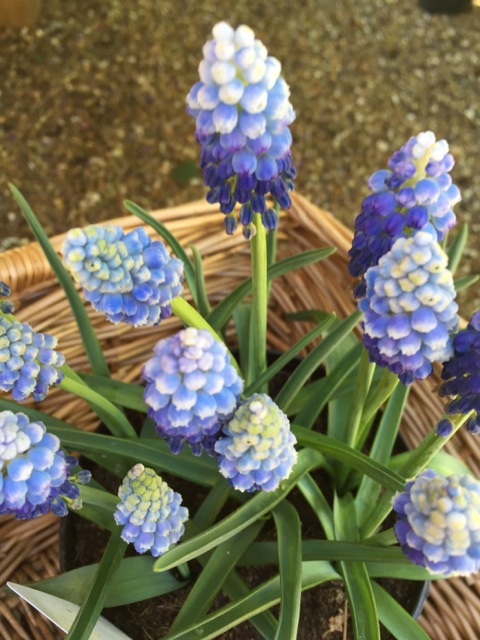
Grape Hyacinth ‘Valerie Finnis’
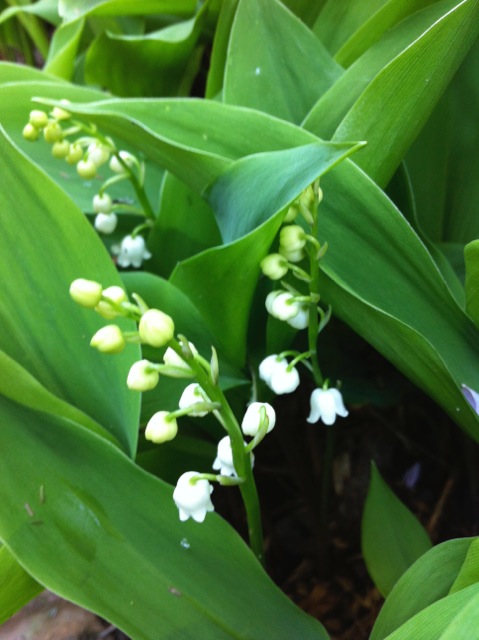
Lily of the Valley
As spring progresses, other plants begin to flower, bridging the gap between late spring and early summer. Talcum-powder scented Wisteria cascades over walls, balls of Viburnum carlesii provide fragrant pickings and clouds of delicately fragrant blossom smothers fruit trees – and as the petals fall we move to the scents of summer.
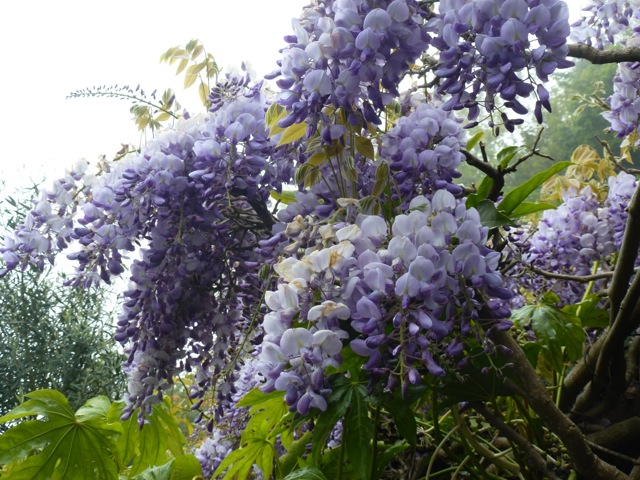
Wisteria
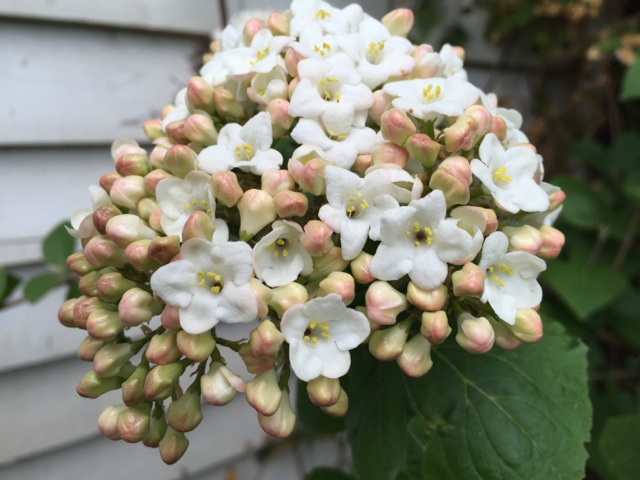
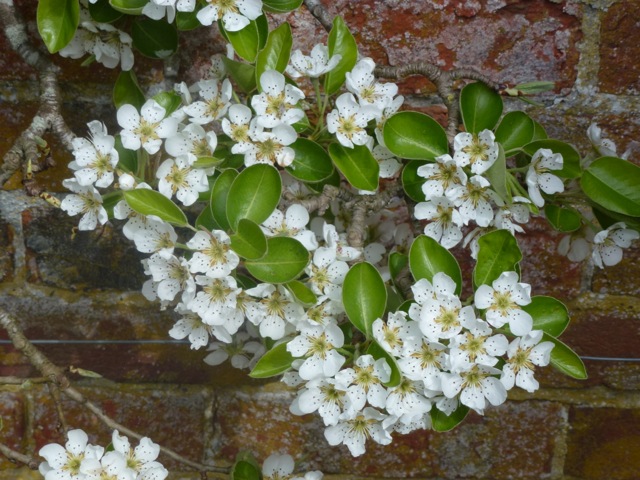
Pear blossom



